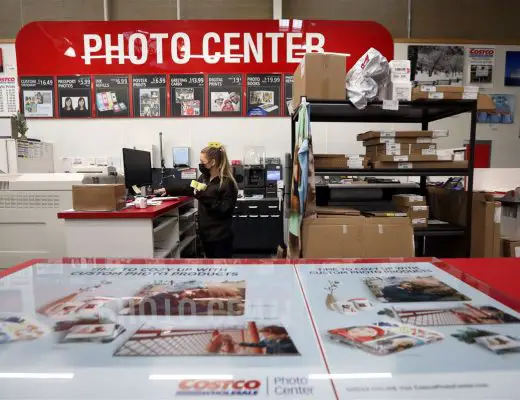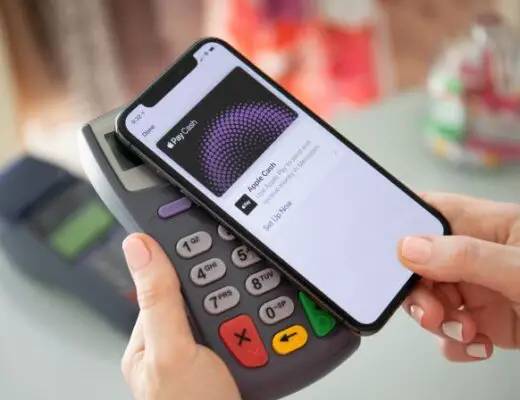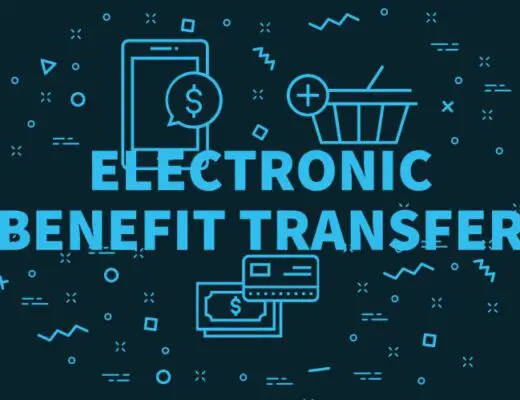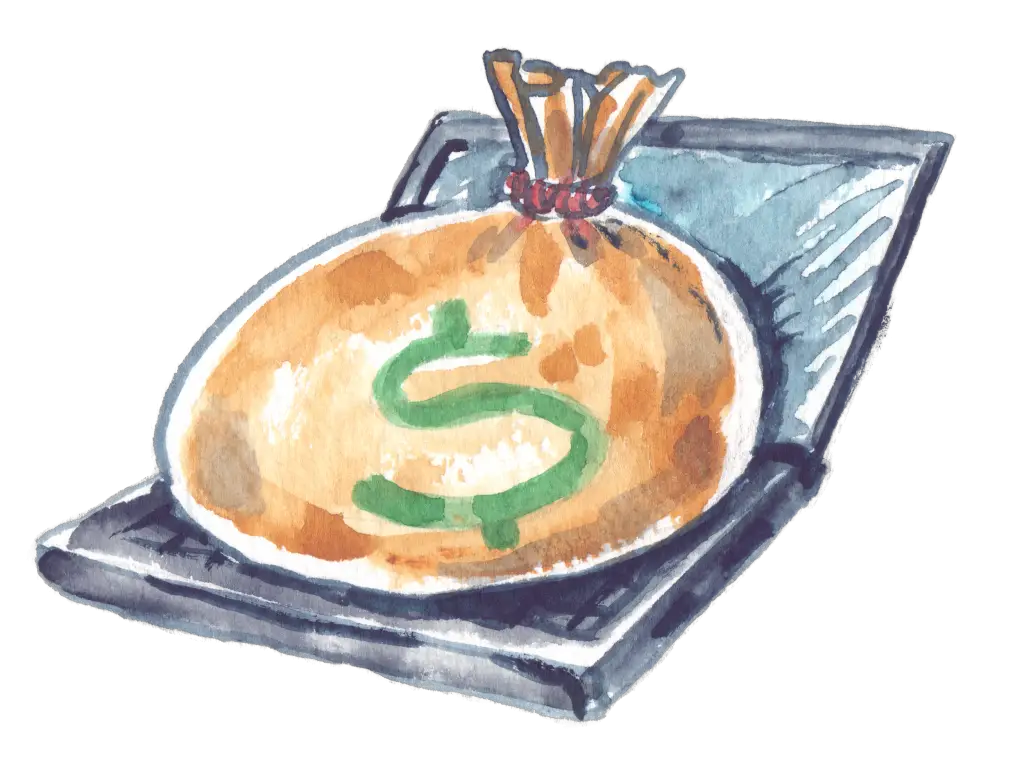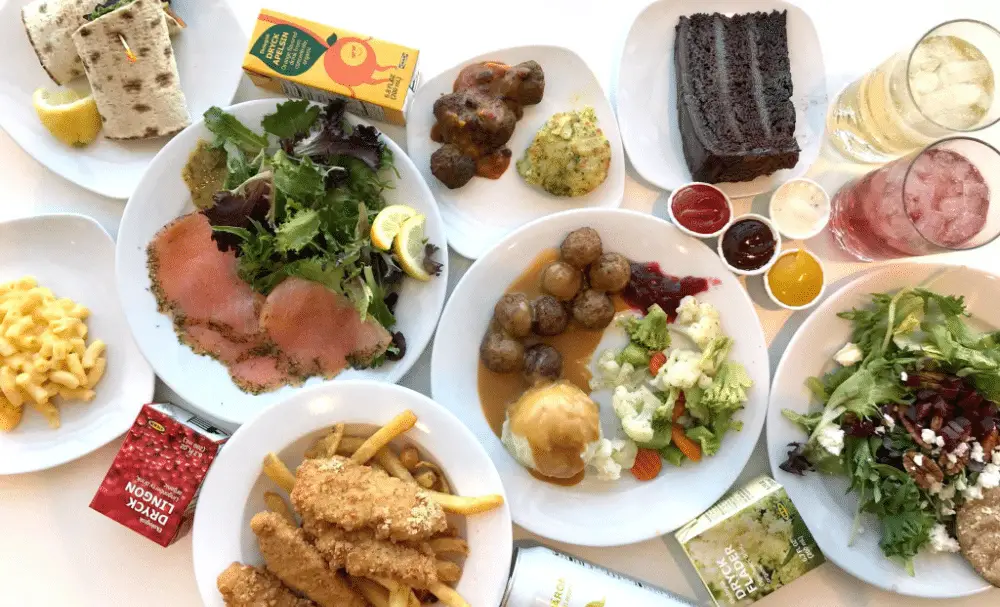
CommonCentsMom.com is advertiser-supported: we may earn compensation from the products and offers mentioned in this article. However, any expressed opinions are our own and aren't influenced by compensation. The contents of the CommonCentsMom.com website, such as text, graphics, images, and other material contained on this site (“Content”) are for informational purposes only. The Content is not intended to be a substitute for professional financial or legal advice. Always seek the advice of your Financial Advisor, CPA and Lawyer with any questions you may have regarding your situation. Never disregard professional advice or delay in seeking it because of something you have read on this website!
Have you ever wondered how Ikea and Costco keep their food prices so low? If you’re like me, a meal at wholesale retailers or the famous flat-box furniture store may never have tempted you. After all, stores are for shopping, and restaurants are for eating, right?
But you might be like the 30% of Ikea shoppers who visit the store just to eat, or you might plan your entire day around eating a famous $1.50 hot dog at the end of your Costco trip.
Regardless, it’s hard to deny the incredible cheapness of Costco and Ikea’s food options. At Costco, you can get a pizza slice for $2 or an entire pizza for $9.99, not to mention spending $5 for a whole rotisserie chicken.
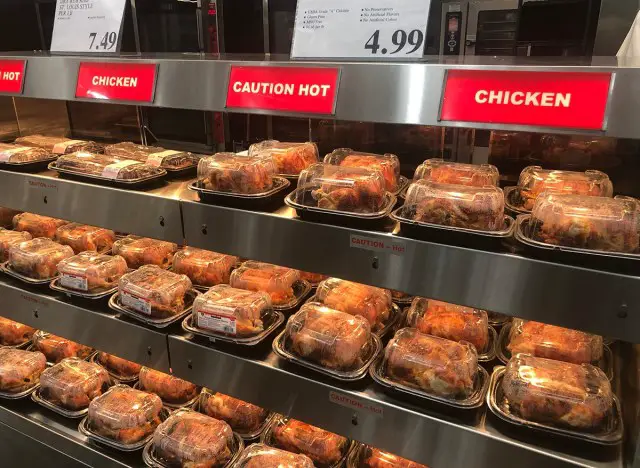
As for Ikea, you can get an entire meal for $7.99, and enjoy it in a spacious food court with a relaxed, restaurant feel to boot. The store is just as famous for its furniture as it is for its iconic Swedish meatballs (which, incidentally, aren’t even Swedish — they’re actually a recipe brought back by King Charles XII from Turkey).
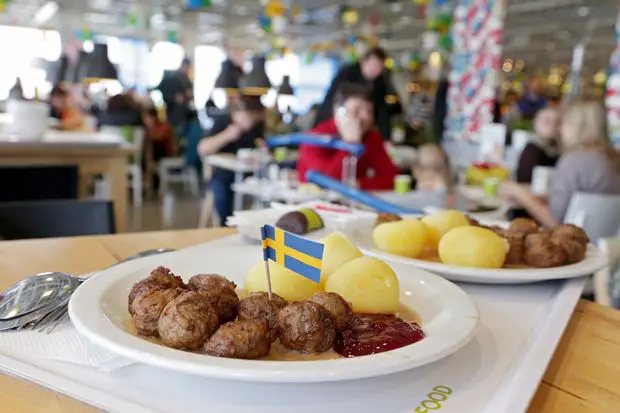
But why would stores like Ikea and Costco offer such famously inexpensive food? Surely they must be losing money – or at least earning less profit than if they used that floorspace to display higher-priced retail items.
The answer: the food these stores sell is what is known as a loss leader. It isn’t a huge source of profit in itself, but it has brilliant psychological effects on shoppers that result in higher sales.
It’s All About Perceived Deals
Let’s take Ikea, for starters.
The furniture store has carefully cultivated a reputation for offering modern, affordable household pieces. But potential customers’ ideas of what’s “affordable” can vary from person to person.
Say you’re a 22-year-old, fresh out of college and looking to furnish a new apartment. You see a table and chairs set at Ikea priced at $585. Is this a good deal? Having never bought a table and chairs, you can’t be sure unless you’ve done your research ahead of time.
But on your way through the store, you grab lunch at the food court. You’re much more experienced at buying food than furniture, and you know that $8 for an entree, two sides, a drink, and a dessert is dirt cheap. You’ve also noticed the 75-cent hotdogs being sold by the front doors, which is about as inexpensive as hotdogs get.
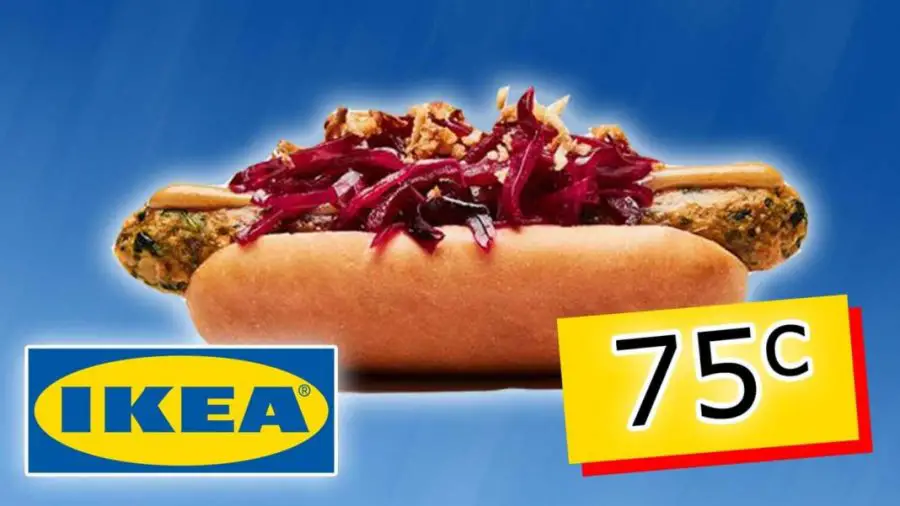
So, your natural inclination is to believe that everything in the store must be similarly well-priced.
Chef Chris Spear, who ran one of Ikea’s foodservice operations, explained it like this: “[Ikea’s food] policy is to be the absolute lowest price on that item within a 30-mile radius, even if it means selling at a loss. They’re reinforcing the low-price profile of the store. So, they take a hit on the food but just sold you $1,000 in furniture. It’s the same thing other stores do with loss leaders to get you in the door.”
Come for the Experience, Stay for the Shopping
Another slightly more obvious effect of having a restaurant inside the store is that it provides more of an experience for the customers. You don’t go to Costco or Ikea just to buy what you need; you go there for recreation.
And the best recreation involves food, am I right? Have you ever headed out to Costco on the weekend just for the free samples or a quick and delicious slice of pizza, then walked out the door with $150 in bulk groceries to show for it?
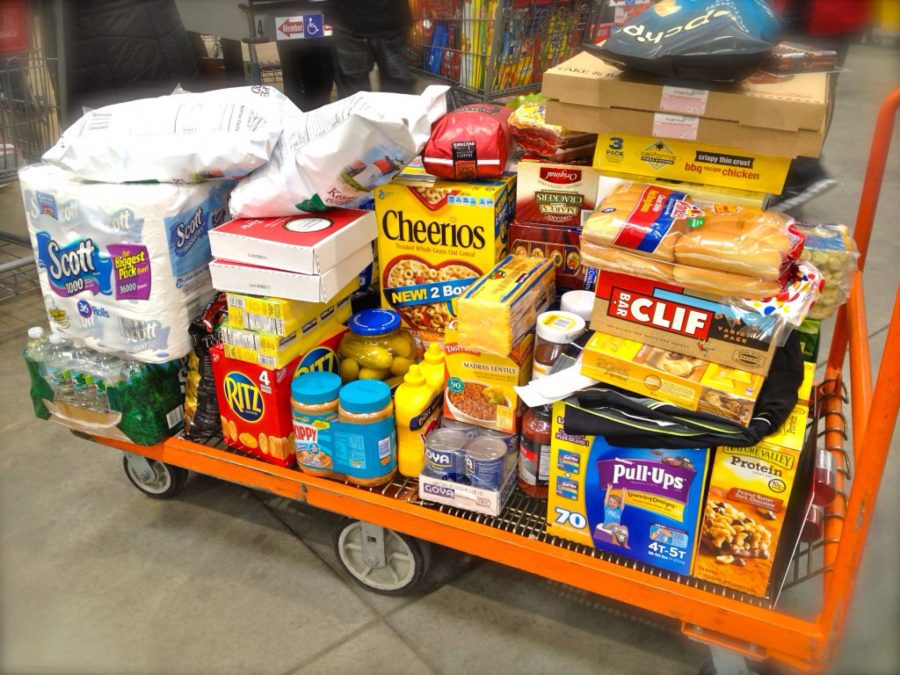
Sure, it would probably be quicker to stop by your local grocery store, but the added incentive of grabbing lunch or a delicious snack while you’re at it makes Costco so much more inviting.
Similarly, at Ikea, the meatballs are referred to internally as “the best sofa-seller” because of their importance on the buyer’s journey.
Shoppers stop at the food court, staying longer at Ikea than they would have otherwise. They spend a while relaxing with their shopping companions, most likely discussing what they’ve seen on their walk through the store. They talk themselves (or each other) into buying something they liked, and before they leave the store, they’ve made their decision.
Increase Their Customer Base
With such low food prices, Costco and Ikea attract plenty of people to their stores. Both stores use this method to increase their customer bases.
And it works! Food courts have been shown to influence what customers purchase. Not only that, but the cheap food may draw people there for a cheap meal. In the future, they’ll remember that Costco and Ikea’s food was pretty inexpensive, so they expect the stores’ other prices to be reasonable. That brings people in who may have only stopped for cheap meals in the past.
Give Their Reputation a Boost
Selling cheap food is advertised across a number of online platforms, including websites, blogs, and articles. This type of advertising can build a strong brand reputation and increase each companies’ visibility.
Avoid Costly Advertising
Both Costco and Ikea offer memberships to their customers. These come with various benefits and usually need to be renewed each year. This is another way to bring customers into the store—without advertising! Customers come to the store to pay for their annual memberships. While they’re there, the customers may also take advantage of a cheap meal and make some purchases, too.
People Come for Only the Food
There are also people who don’t make a lot of money but want to eat out occasionally. These individuals and their families may make an evening of it by heading to Costo’s or Ikea’s food courts to enjoy the cheap food. Who doesn’t enjoy a great hot dog and a soda for cheap? Or what about those great Swedish meatballs at Ikea? These are great places to take your family for a great, inexpensive meal!
Appetite + Retail = Profit
Finally, the existence of prepared food in the store triggers our unhealthiest tendencies.
I’m sure you’ve been advised never to shop on an empty stomach. This is sage advice because when you’re hungry, you’re much more likely to make an impulse purchase.
In fact, studies have shown that people tend to choose unhealthy food when their stomachs are empty (*cue celebration in Costco’s family-sized candy bags aisle*).
George Li theorized that Costco puts its food court at the end to take advantage of the human tendency to make impulse purchases when hungry.
People go to Costco planning to finish their trip with a tasty hotdog or slice of pizza (remember the afore-mentioned draw of turning your shopping trip into an experience?), but that means that they’ve got that future deliciousness in the backs of their minds while they’re doing their shopping.
All that anticipation of an upcoming snack makes shoppers feel hungrier, which triggers their psychological tendency to make more impulse purchases.
So everybody wins: those shoppers get to finish a successful grocery trip with the hot dog of their heart’s desire, and Costco sells a lot more Hot Pockets and variety packs of Pringles.
Conclusion
So there you have it. The food courts at Ikea and Costco may not have a huge profit margin on their own, but they serve an important purpose.
We humans love to eat, and we buy a lot more than intended when we’re feeling hangry. We also like to turn our shopping trips into experiences, and what better way to do that than with food?
And Ikea demonstrates that keeping your food prices low also helps your customers believe they’re getting just as good of a deal in the rest of the store.
But it’s not all sneaky psychological tricks. Offering quality, low-priced food is allowing Ikea to expand into the restaurant market. Because the food is so popular, they’re considering a line of standalone cafes.
And by refusing to raise prices on their famous $1.50 hot dogs, Costco management has had to learn business discipline and essential lessons in working within cost restraints rather than simply transferring costs to the customer.
Costco CEO Craig Jelinek tells the story of trying to convince the company’s co-founder to raise the prices on hot dogs:
“I came to (Jim Sinegal) once and I said, ‘Jim, we can’t sell this hot dog for a buck fifty. We are losing our rear ends.’ And he said, ‘If you raise the effing hot dog, I will kill you. Figure it out.’ That’s all I really needed. […] By having the discipline to say, ‘You are not going to be able to raise your price. You have to figure it out,’ we took it over and started manufacturing our hot dogs. We keep it at $1.50 and make enough money to get a fair return.”
So, in the end, Costco and Ikea are making smart business decisions by offering cheap, delicious food. And their customers definitely aren’t complaining.


